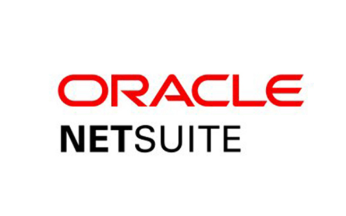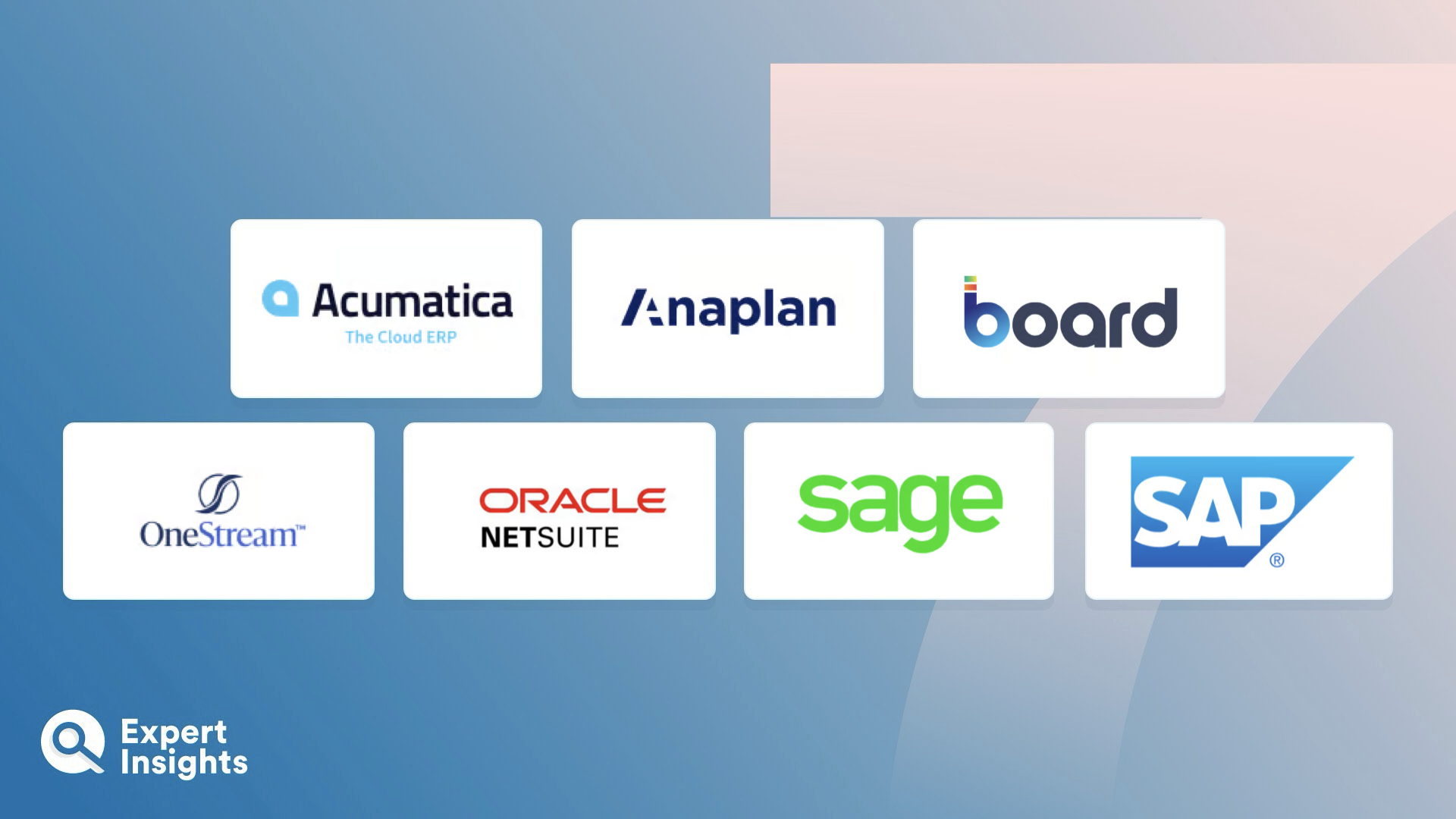Everything You Need To Know About Business Performance Management (FAQs)
What Is Business Performance Management?
Business Performance Management (BPM) refers to the methods and software that organizations use to monitor, measure, and optimize their business performance in order to ensure the company’s success. It involves setting quantifiable strategic goals, and continuously monitoring Key Performance Indicators (KPIs) to see whether the organization is on track to meet those goals, and whether it needs to make any adjustments to the way it’s operating in order to get back on track.
Choosing the right KPIs can be one of the most challenging parts of BPM for two reasons. Firstly, it’s important to choose meaningful metrics that reflect the performance of each part of the business. Secondly, you need to make sure that the data you’re using to measure the KPI is always available, so that you can measure it accurately, continuously, and in real-time. Some of the most common KPIs used in BPM include:
- Financial KPIs, which measure the organization’s financial status and profitability
- Customer-focused KPIs, which measure the organization’s interactions and relationships with customers
- Marketing KPIs, which measure campaign performance to highlight which marketing methods are the most effective, and where marketers should be allocating their budget
- Sales KPIs, which measure the sales team’s performance against their targets and help to optimize the sales funnel
- Manufacturing KPIs, which measure the organization’s manufacturing process, including metrics such as efficiency, output, and quality
- HR KPIs, which measure employee performance, experience, and turnover
Manually monitoring these KPIs can be time-consuming and resource-intensive, so many organizations use business performance management tools—such as the ones featured in this guide—to help them. BPM tools automatically track KPIs and generate reports that highlight whether the organization is likely to meet their goals and to help them identify areas for improvement. They also facilitate other BPM processes, such as business planning and budgeting.
How Does Business Performance Management Work?
There are four stages to the business performance management cycle—let’s talk through each of them.
Stage One: Set Your Goals
The first thing you need to do when it comes to BPM is to identify your organization’s high-level goals, then determine the exact strategies and processes you need to execute to achieve those goals. This involves defining the organization’s overall vision and values, as well as more specific profitability goals. Whatever goals you set, they must be realistic and attainable.
Stage Two: Create An Operational Plan
Once you’ve defined your goals, you need to create a detailed operational plan that defines how you’re going to achieve them, including things like tactics, initiatives, budget, and other resources needed to achieve each goal, as well as expected results. This plan should include all areas of the business.
Stage Three: Define, Monitor, And Analyze Your KPIs
One of the most challenging parts of BPM is defining and measuring your KPIs, i.e., the performance metrics you’ll use to measure the success of each stage of your operational plan. As well as choosing the KPIs themselves, you need to set a date for when each goal will be achieved.
If you’re using a business performance management tool, this stage is where you create reporting dashboards that will display your KPI performance in real-time.
Once you’ve begun monitoring your KPIs, you can start to analyze them, either using your BPM software or another analytics tool, to identify strengths and weaknesses within your business processes, along with any underlying causes.
Stage Four: Respond
Using the findings of your KPI analysis, you can review how much progress your organization has made towards achieving its goals, and action any operational or strategic changes needed to improve efficiency and ensure success. This then takes you back to the first stage of the cycle—evaluating and setting your goals—as any changes that you make should be outlined clearly, with details on who will lead the change, what results you expect to see from it, and when you expect to see them. They should then be monitored and analyzed to ensure their success and, eventually, inform new goals.
What Are The Benefits Of Business Performance Management?
Business performance management is a continuous process that requires careful planning and the collaboration of leaders across every department in an organization. That may sound like a lot of work… but here are a few reasons why it’s worth it:
- Actively work towards your high-level business goals. Having a strategy document that was written when the company was founded and hasn’t been opened since is not going to help you achieve your goals. By breaking down your organization’s goals into specific, measurable tasks, you can ensure that each employee within each department of your company is working towards the same goals and the company’s success.
- Make data-driven decisions. By tracking your KPIs in real-time, you can keep track of your progress, including areas that are particularly effective and any obstacles that are preventing you from achieving your goals. Using this data, you can make informed decisions and adjust your plans as needed to ensure you reach your goals, even when the market changes.
- Improve efficiency and profitability. You can use your KPI analysis to identify any areas for improvement—such as unexpectedly long sales cycles or ineffective marketing methods—and pivot to improve those areas. This can help you reduce your costs, improving your overall profitability.
- Foster a culture of collaboration and productivity. Sharing your organization’s goals with your employees and having each employee working towards a specific goal, whilst knowing how they’re contributing to the “big picture”, can be really motivating. Additionally, BPM can help you identify areas where individual or team performance could be improved and take steps to find out what’s holding them back. By addressing these issues, you can help your employees be more productive and engaged, which ultimately leads to a stronger business.
What Features Should You Look For In A Business Performance Management Solution?
Business performance management tools can greatly streamline the BPM process by automating the collection of performance data then visualizing it for you, as well as facilitating other BPM processes such as budgeting and strategic planning. However, there are a lot of BPM tools on the market.
To help you find the best business performance management tool for your organization, here’s a list of the top features to look for when comparing solutions:
- Your chosen solution should integrate seamlessly with all of the technologies in your stack, so that it can accurately track business performance across your whole organization. This includes any external systems that are being used to analyze data in specific departments, such as external marketing tools used to create campaigns or HR tools used to for payroll.
- Custom KPIs. You should be able to choose from a range of pre-built KPIs, or create your own.
- Customizable Reports. Just like the custom KPIs, the best BPM tools offer a range of out-of-the-box and customizable reports that allow you to easily track the metrics that are most important to your business. It should offer real-time and historical reporting, an option for exporting and/or sharing reports, and granular filters that enable you to drill down into metrics at a department or employee level.
- Your BPM software should enable you to delve into performance trends to uncover any underlying reasons for them. This will help you make informed decisions on how to respond.
- Planning Tools. The best BPM solutions offer forecasting tools that enable you to predict performance and allocate budget as needed.













